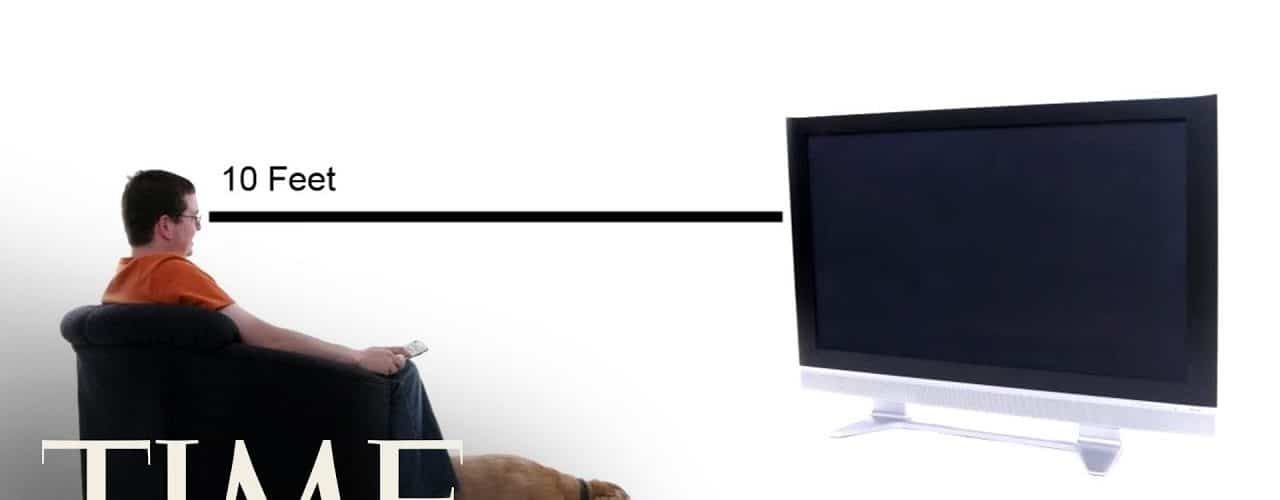If you’re one of the millions of consumers in the market to purchase a new LCD TV, then it’s likely you either are looking to replace your bulky old CRT television, or are planning on upgrading from your older LCD TV. Either way, LCD television technology advances so much, and so often, that keeping pace with all the terminology and technology can seem like a daunting task. Let’s start with the basics. “LCD” is an abbreviation of “liquid crystal display”; this refers to the way the TV screen is built to produce images. LCD televisions allow an even distribution of brightness across the entire screen, and a wider array of colors to display onscreen.
What sort of characteristics should you be looking for in an LCD television? If you’ve done a little research on your own, you’ve probably encountered all sorts of numbers attached to terms like brightness, contrast, pixel resolution, scaling, and more. With the possible exception of your house and your car, purchasing an LCD television might be the largest purchase you will make. It is very important that before you even browse in a store to shop for an LCD television, you are an educated consumer.
Here are the six most important factors to consider when buying an LCD television, accompanied by a brief explanation, and the minimum specification for that factor you should consider for purchase:
Brightness: How bright a screen will display the picture. The greater the brightness, the more visible the screen will be in any kind of lighting condition. Make sure your LCD TV is rated 550 cd/ms or higher.
Contrast: A high contrast makes sharper color definition and a clearer picture. The minimum number should be 1500 to 1.
Input/Output: If you want to be able connect a computer to the LCD TV, make sure it has an HDMI and a VGA output. The more input/output connections, the more devices like DVD players, cable boxes, video games consoles you can hook up to your television.
Motion Response: This measures the television’s ability to display objects moving quickly. The higher the number, the less blurring will be present in fast moving video. You’ll want a TV with a motion response of at least 8ms or more.
Pixel Count: The more pixels a television has, the more detail the picture will have as well. Choose a television with a pixel count of no less than 1080, especially if you plan on subscribing to high definition (HD) cable channels or purchasing a Blu-Ray player.
Viewing Angle: You want as wide a viewing angle as possible. The wider the viewing angle, the more visible the screen will be, no matter where in the room you are sitting. Make sure your LCD television picture is visible from many different angles.
Most LCD televisions currently on the market will meet or exceed the above listed criteria. However, if you see a LCD television on sale for a price that looks like it’s too good to be true, make sure this TV meets the criteria listed above. Don’t rule out the possibility of bargain hunting all together, however. You can often save several hundred dollars off the typical retail price by opting to buy a lesser-known LCD television brand sold by distributors at large retail stores like Target, Wal-Mart and Best Buy. Typically, as long as you purchase an LCD television with the minimum specifications outlined above, you will get a television with the same quality picture as a name brand, but at a cost that is 15% to 20% less.







